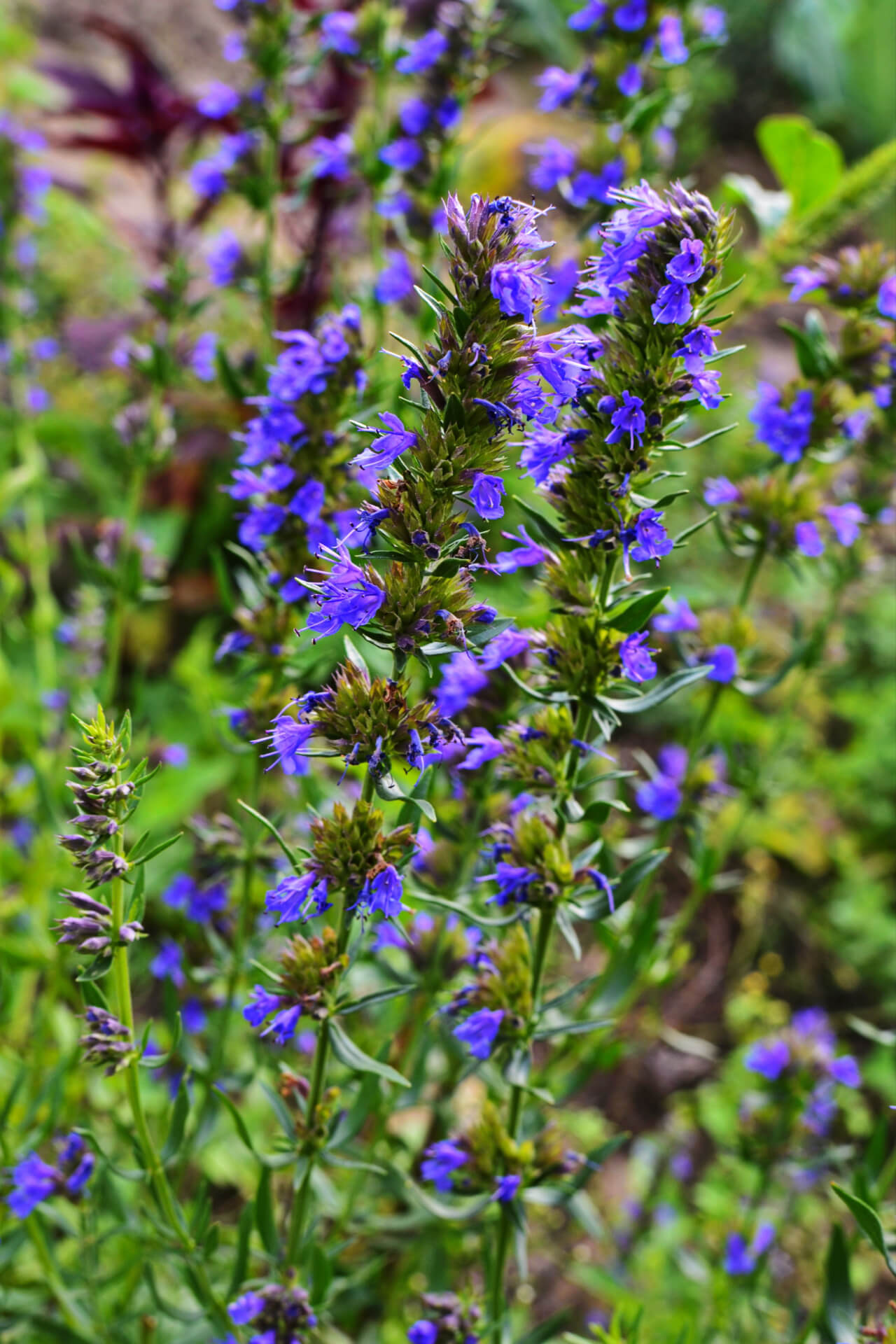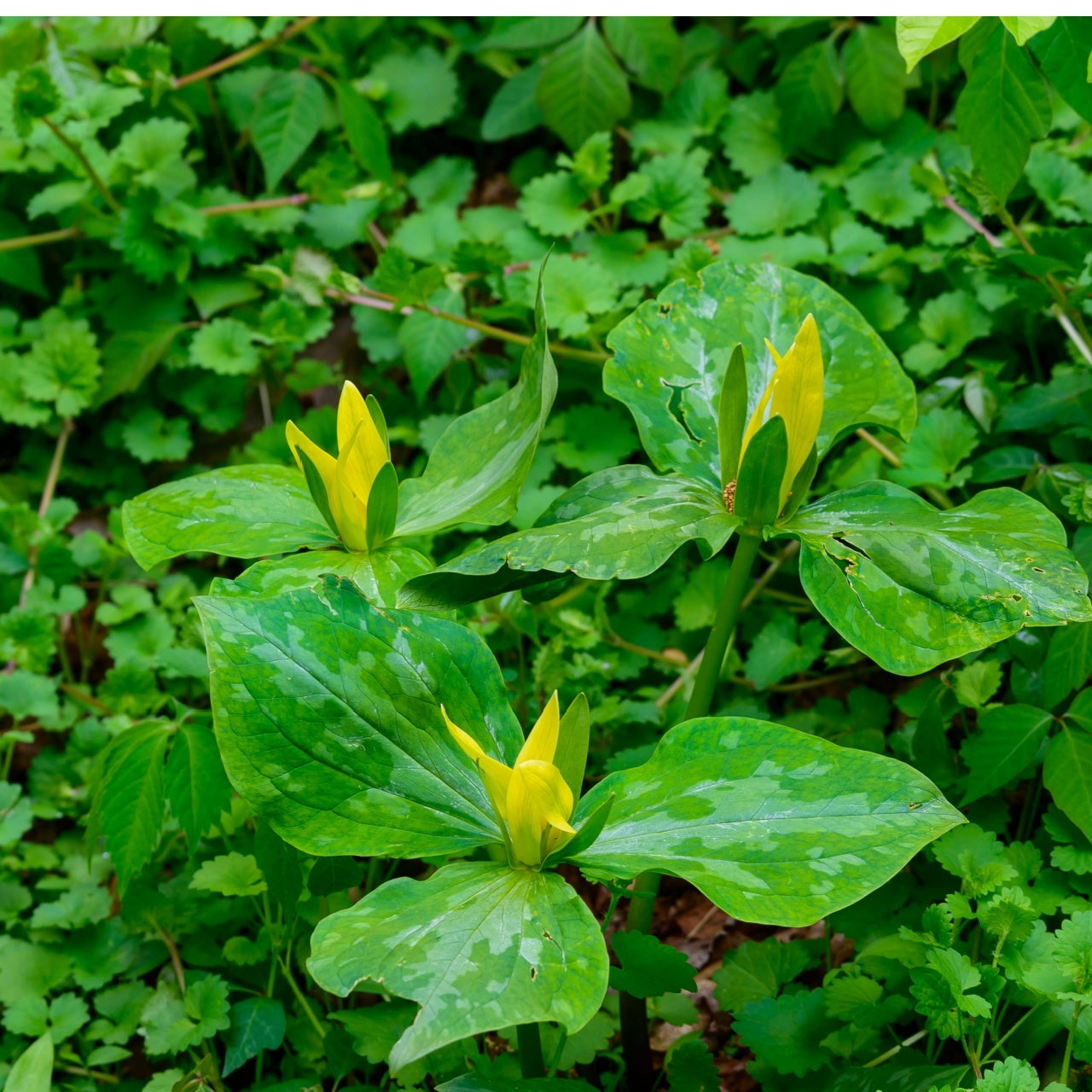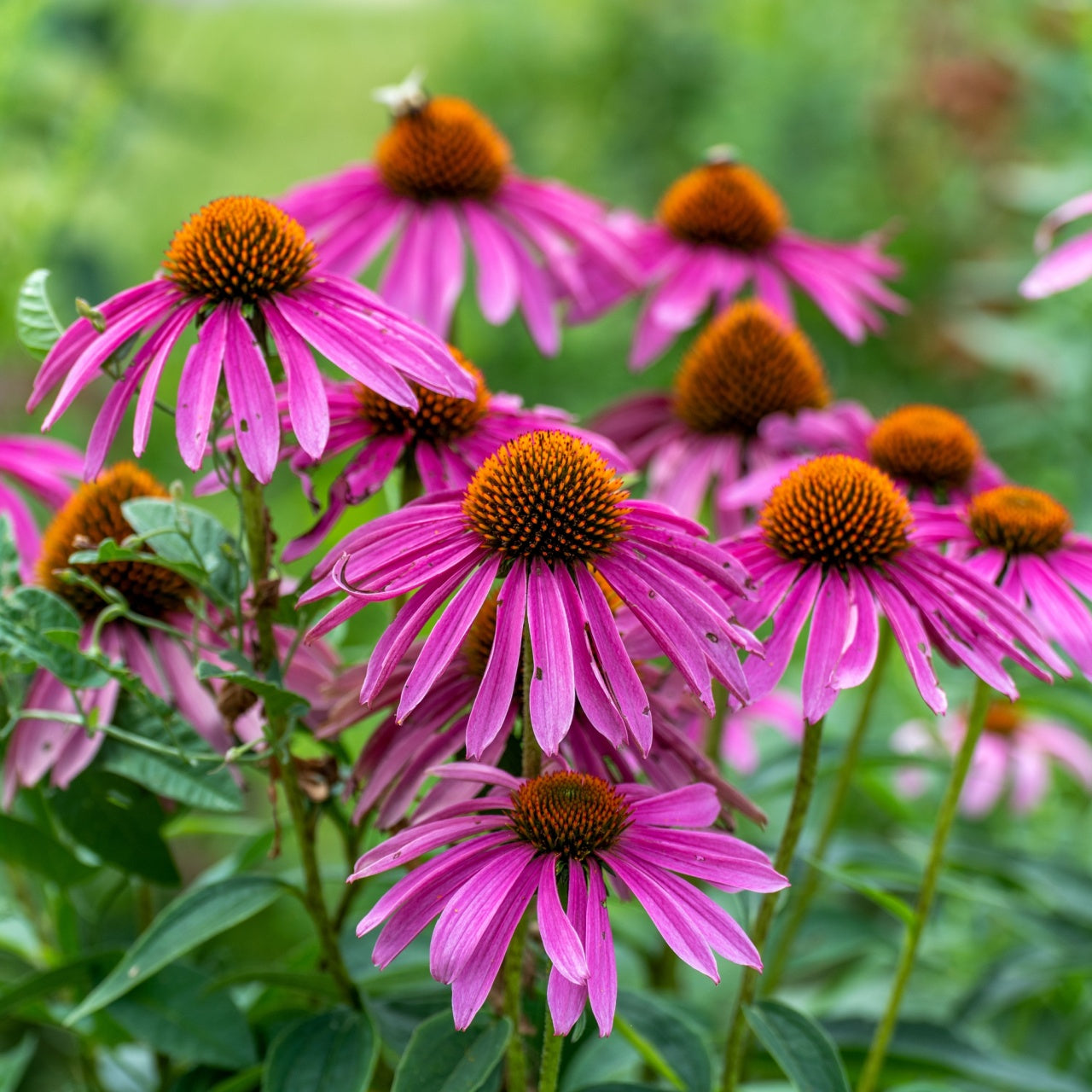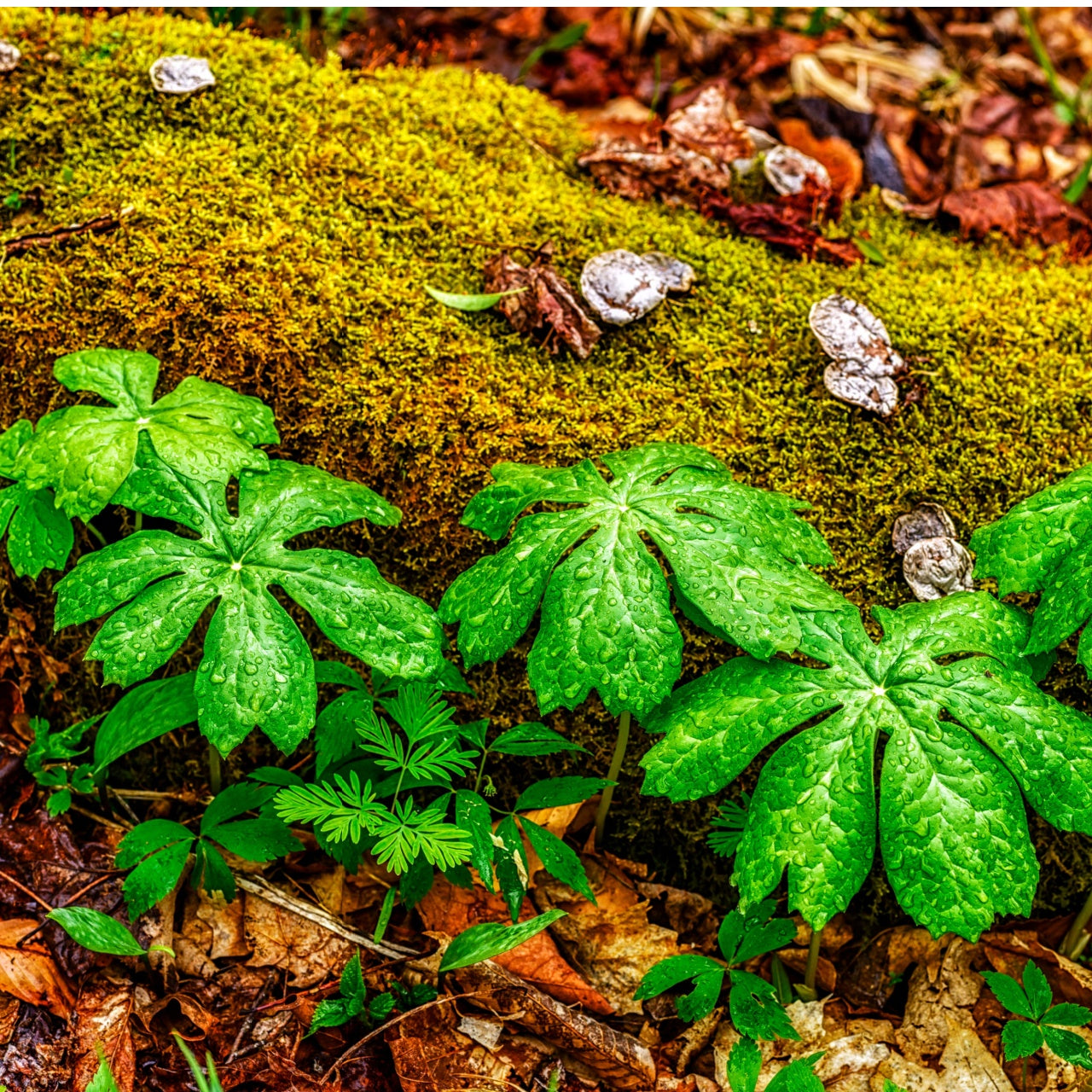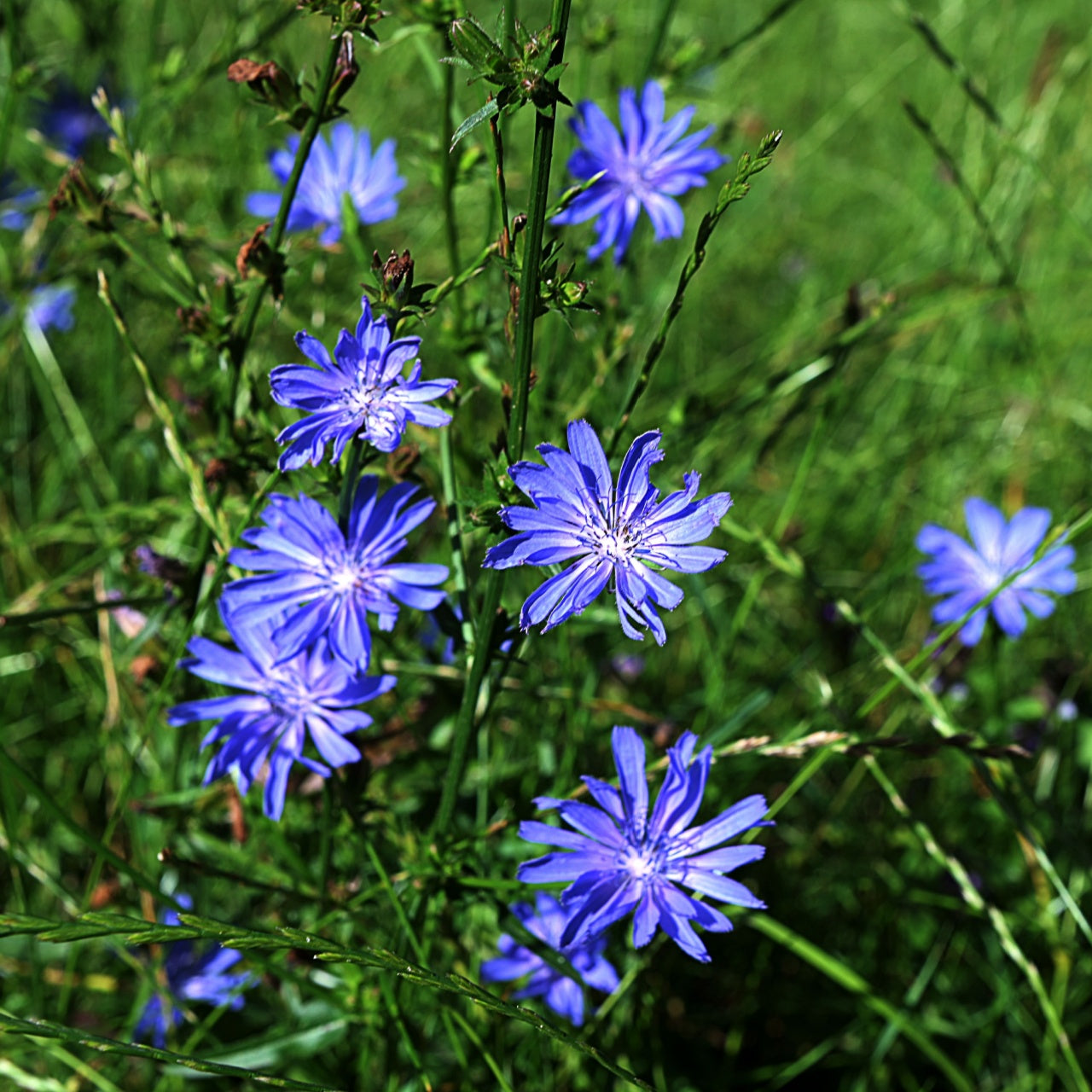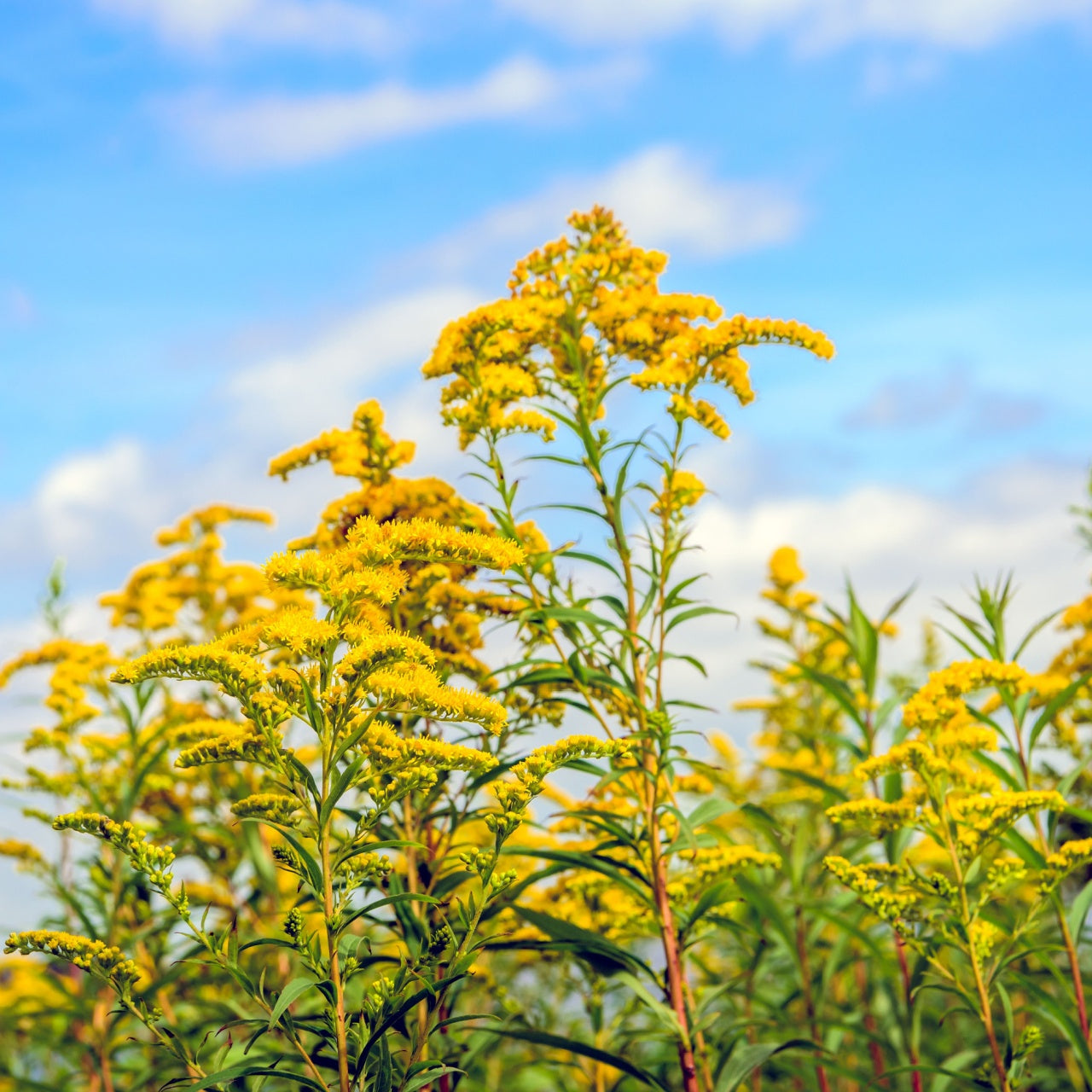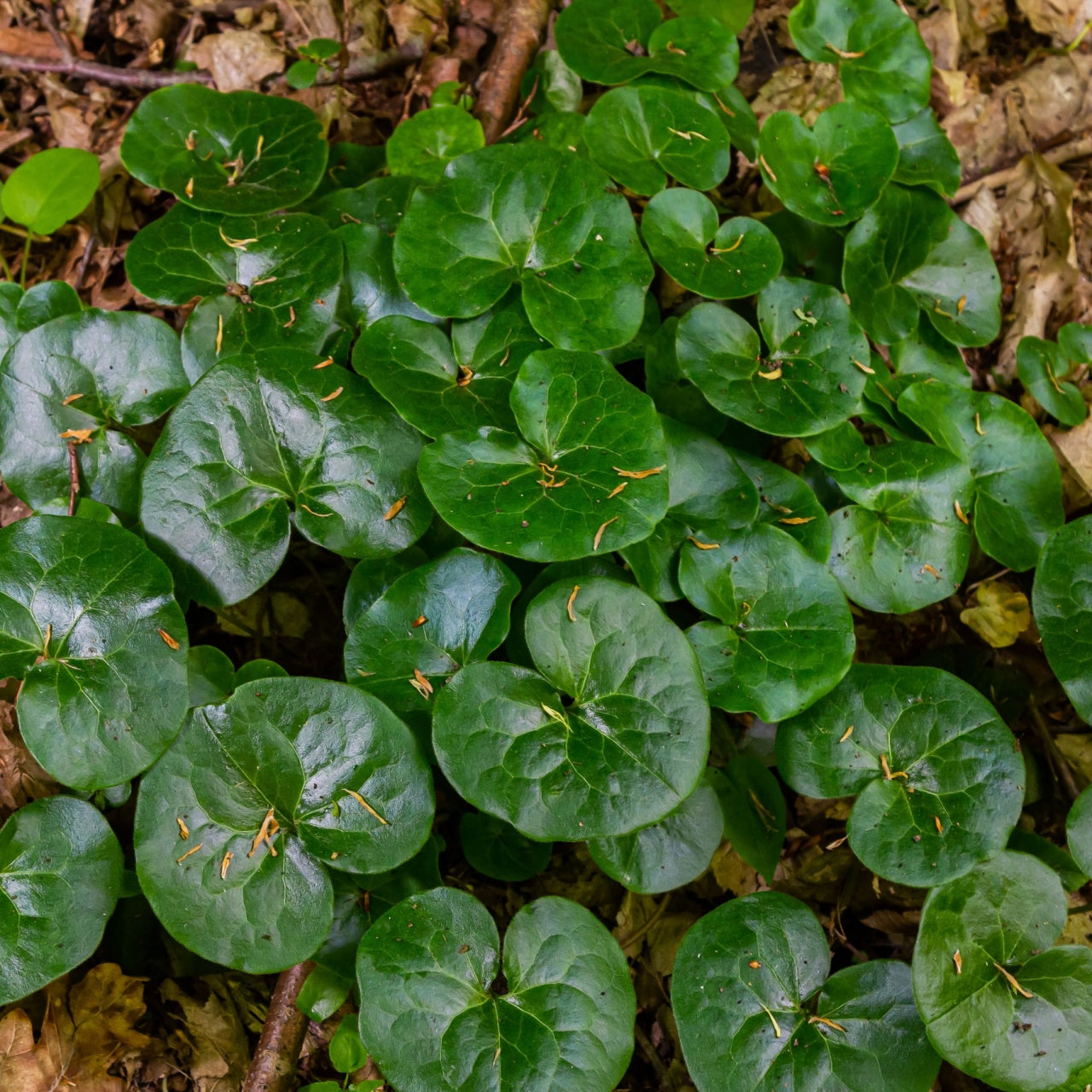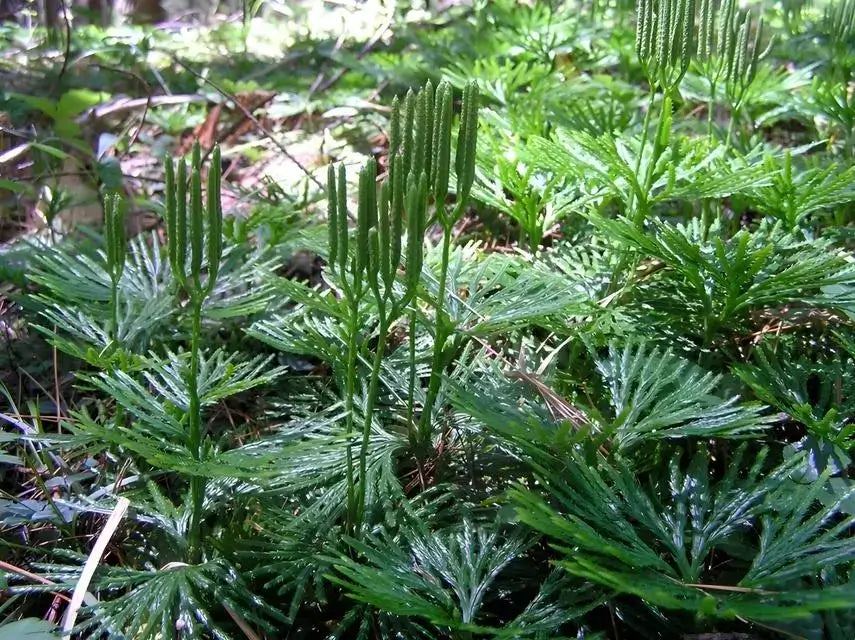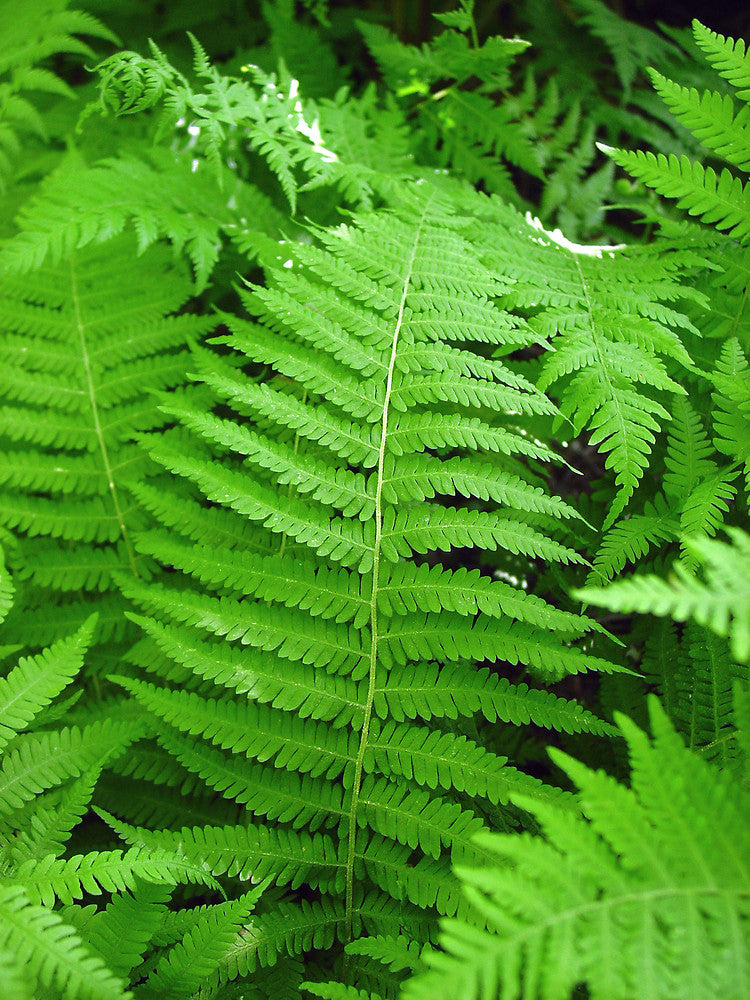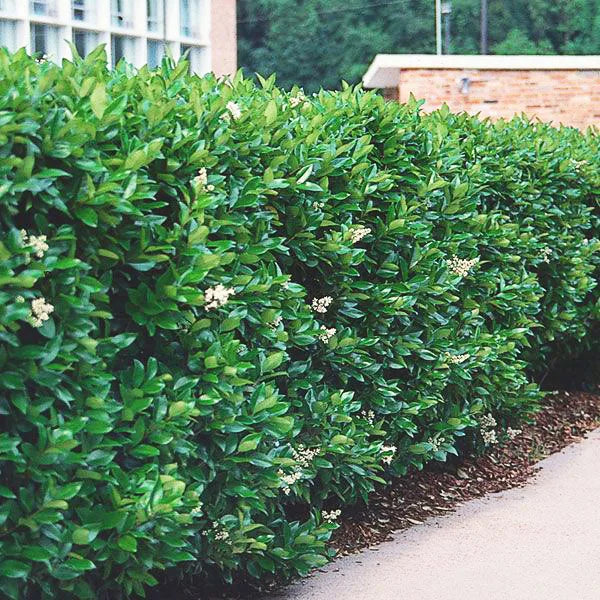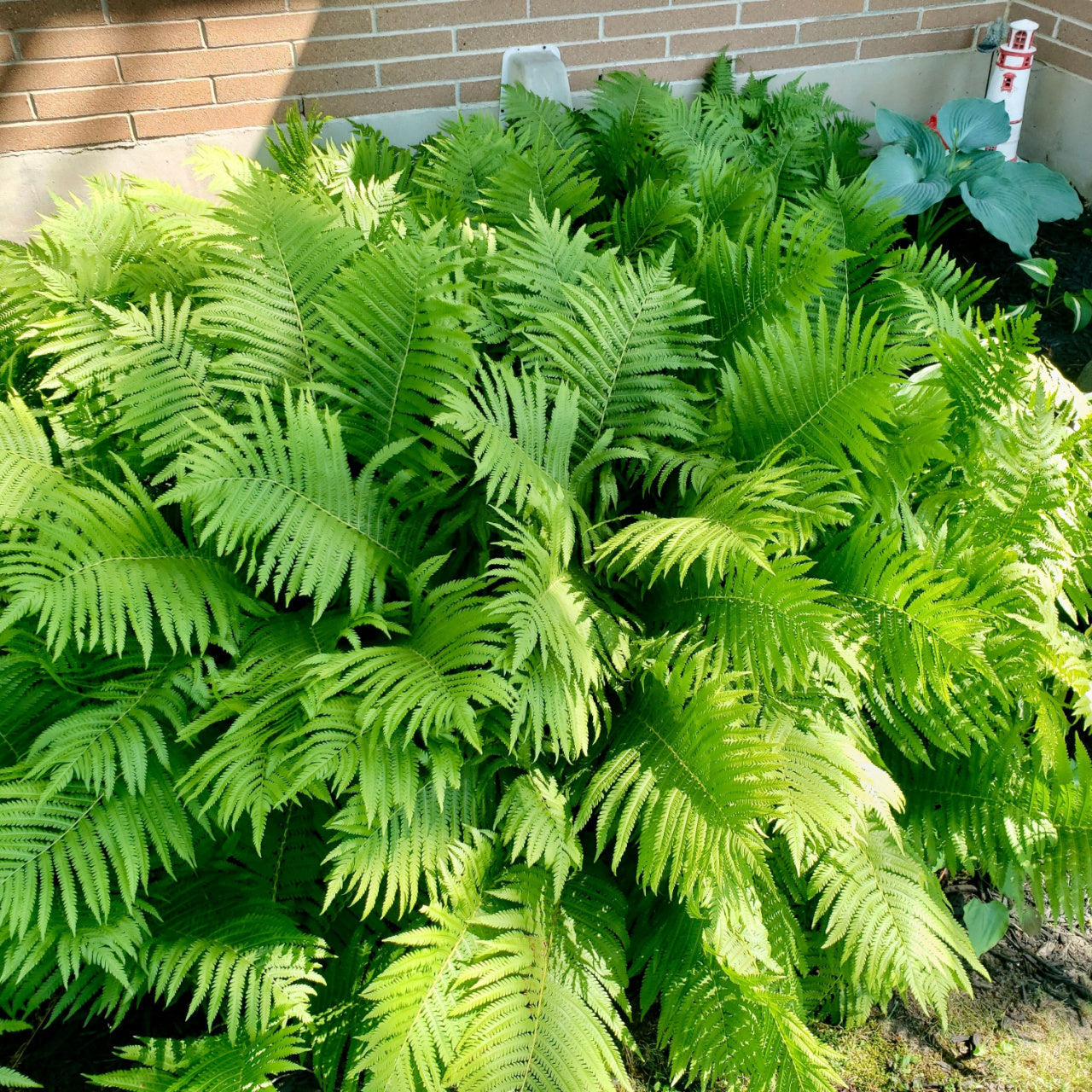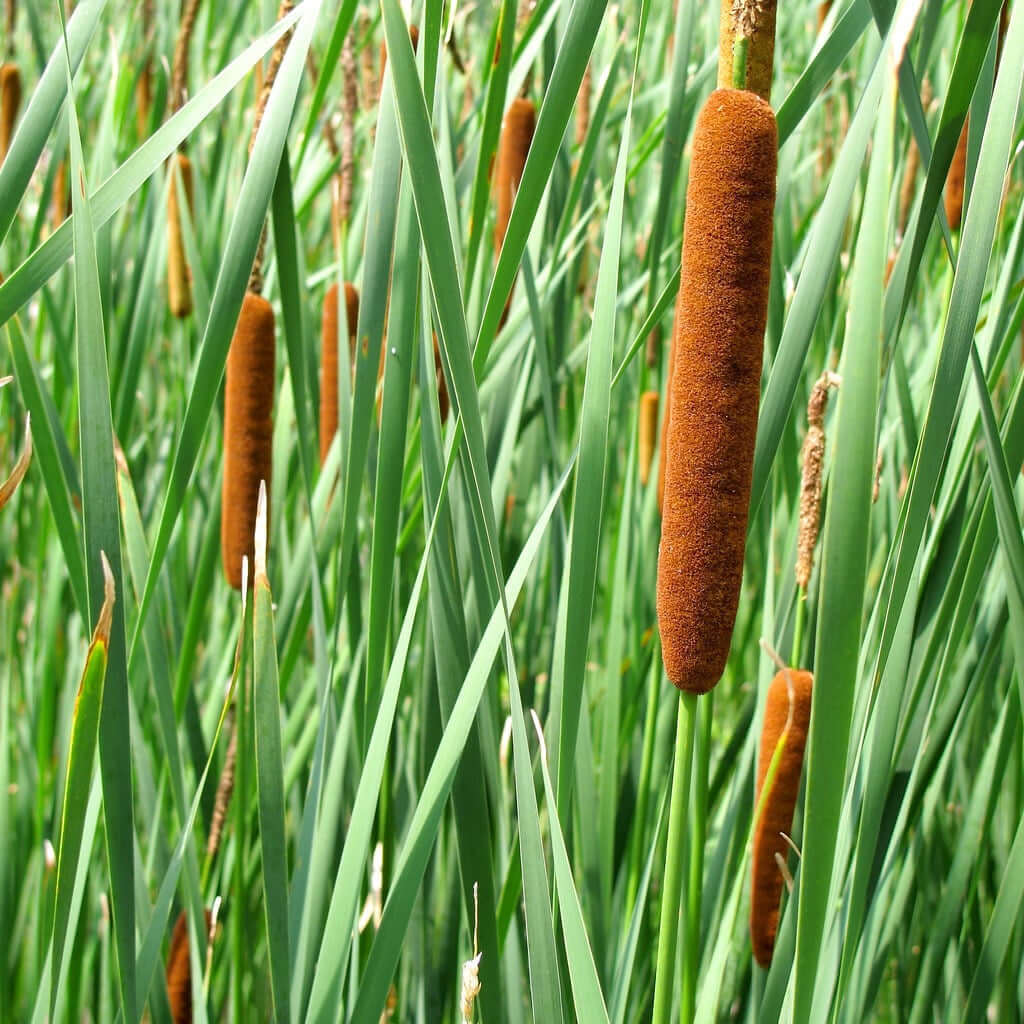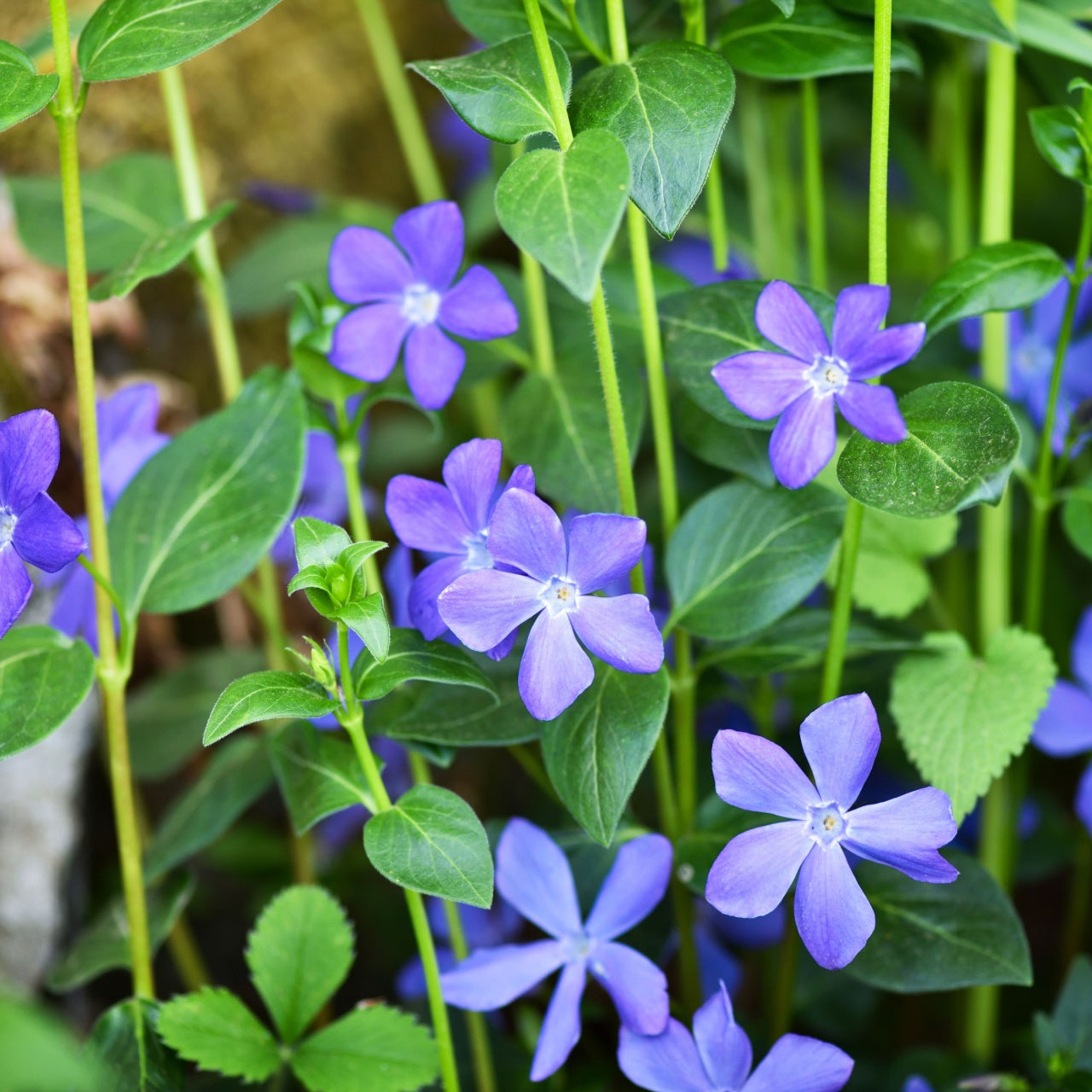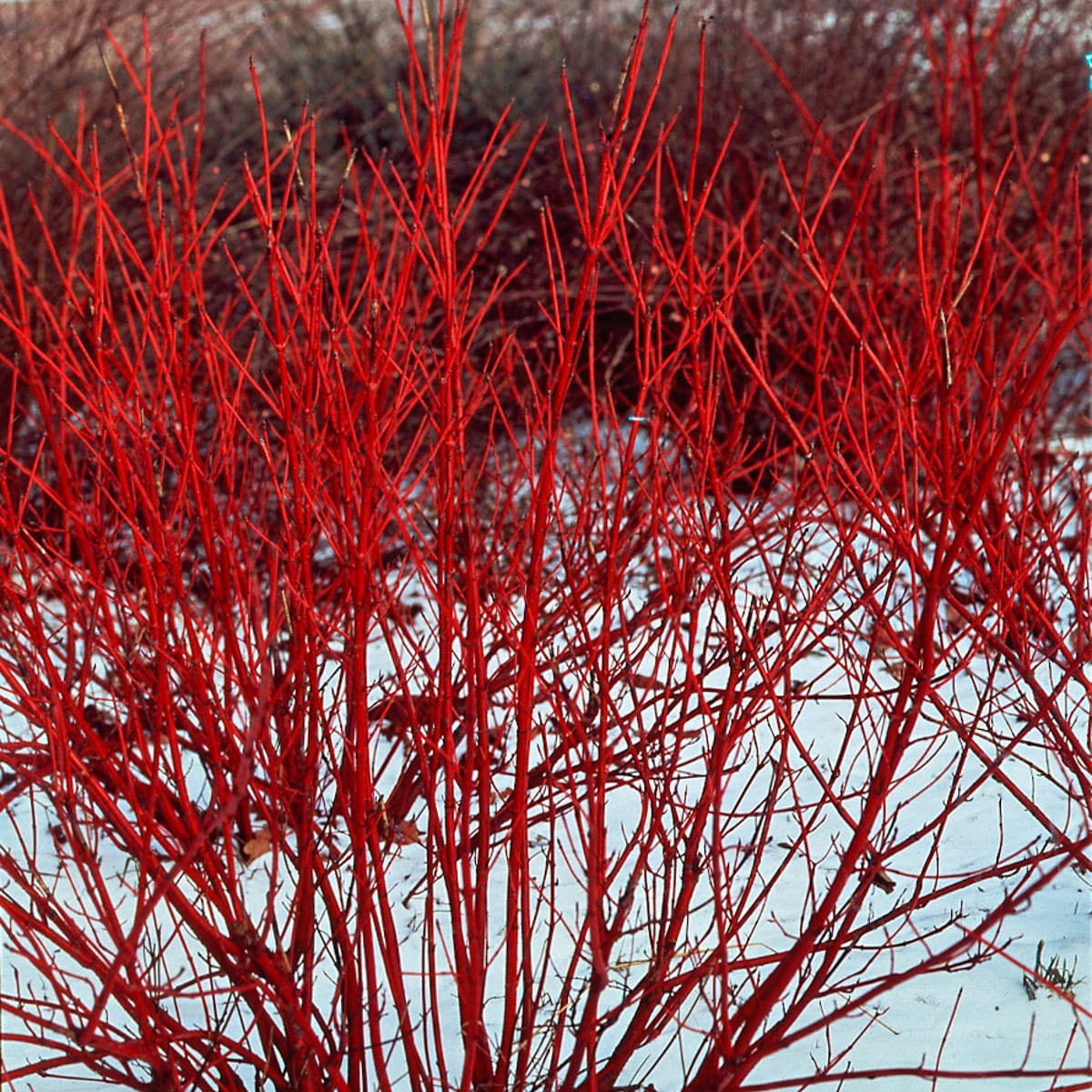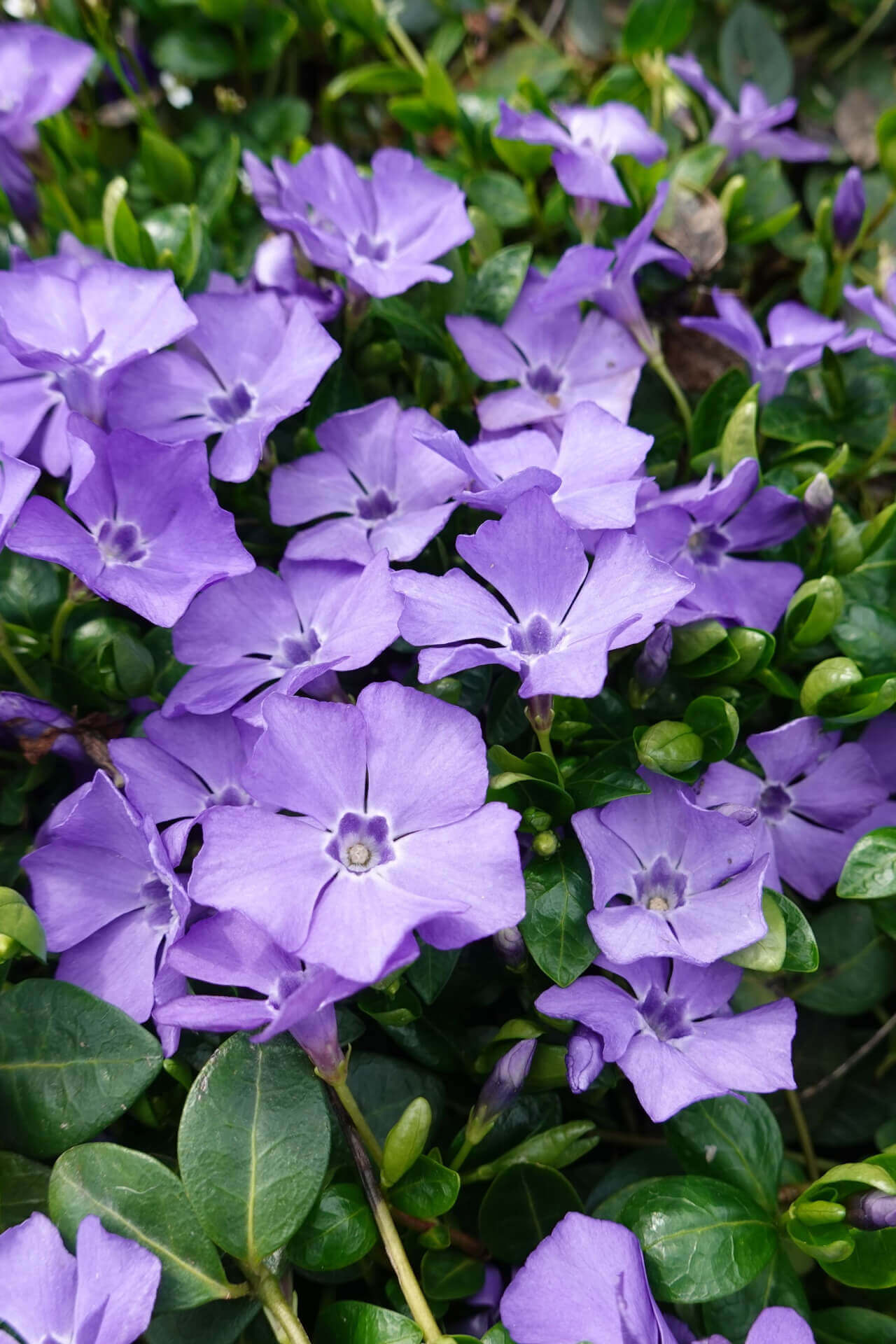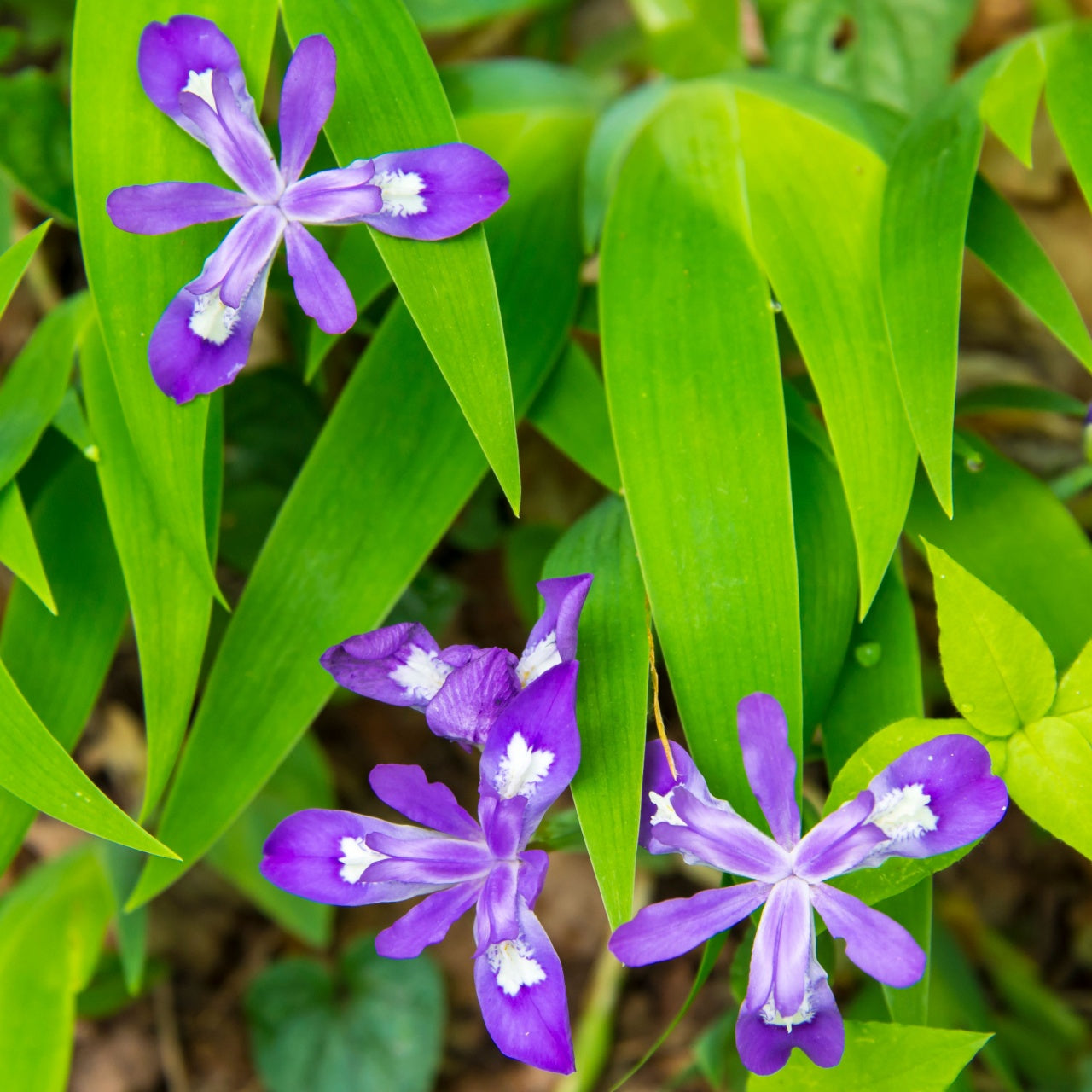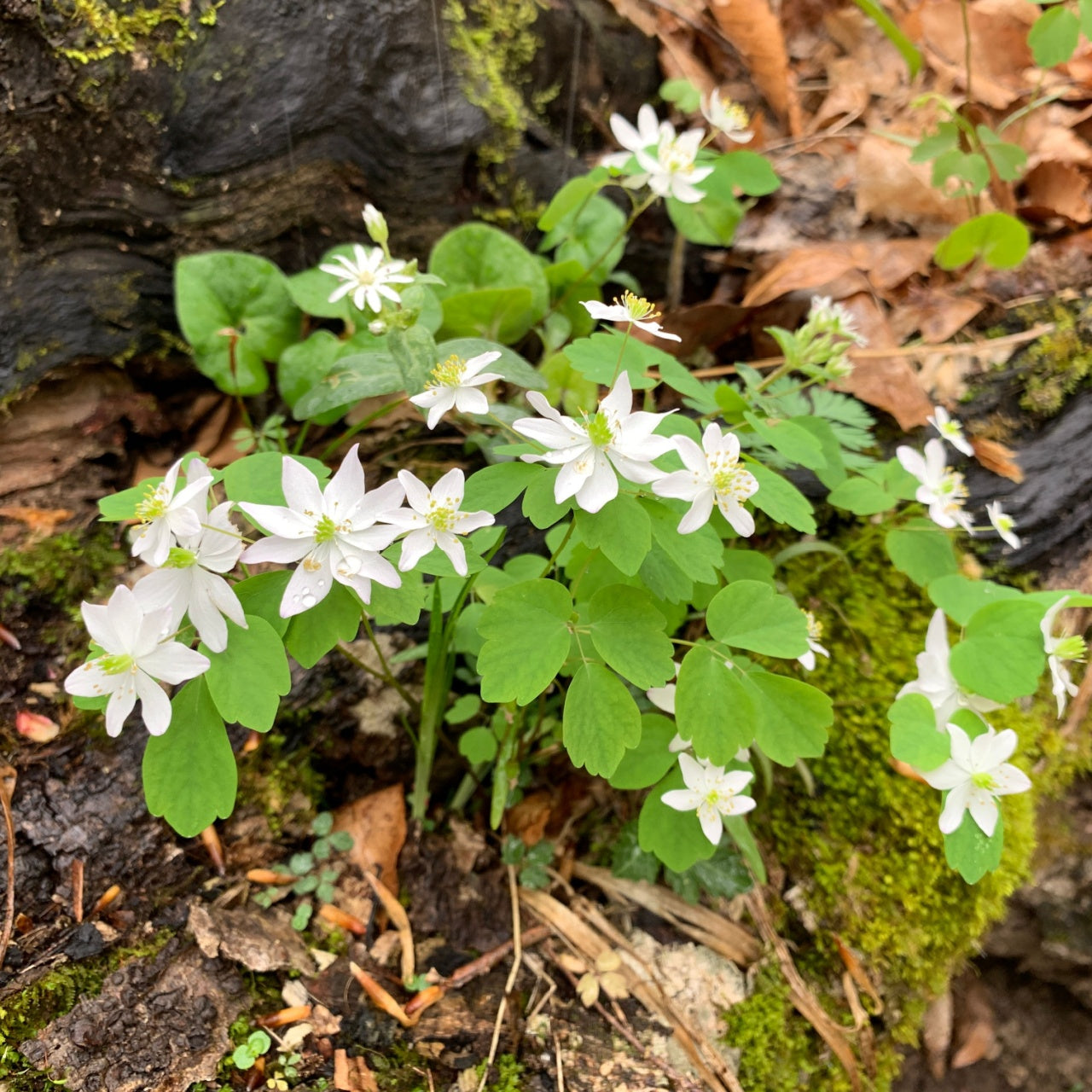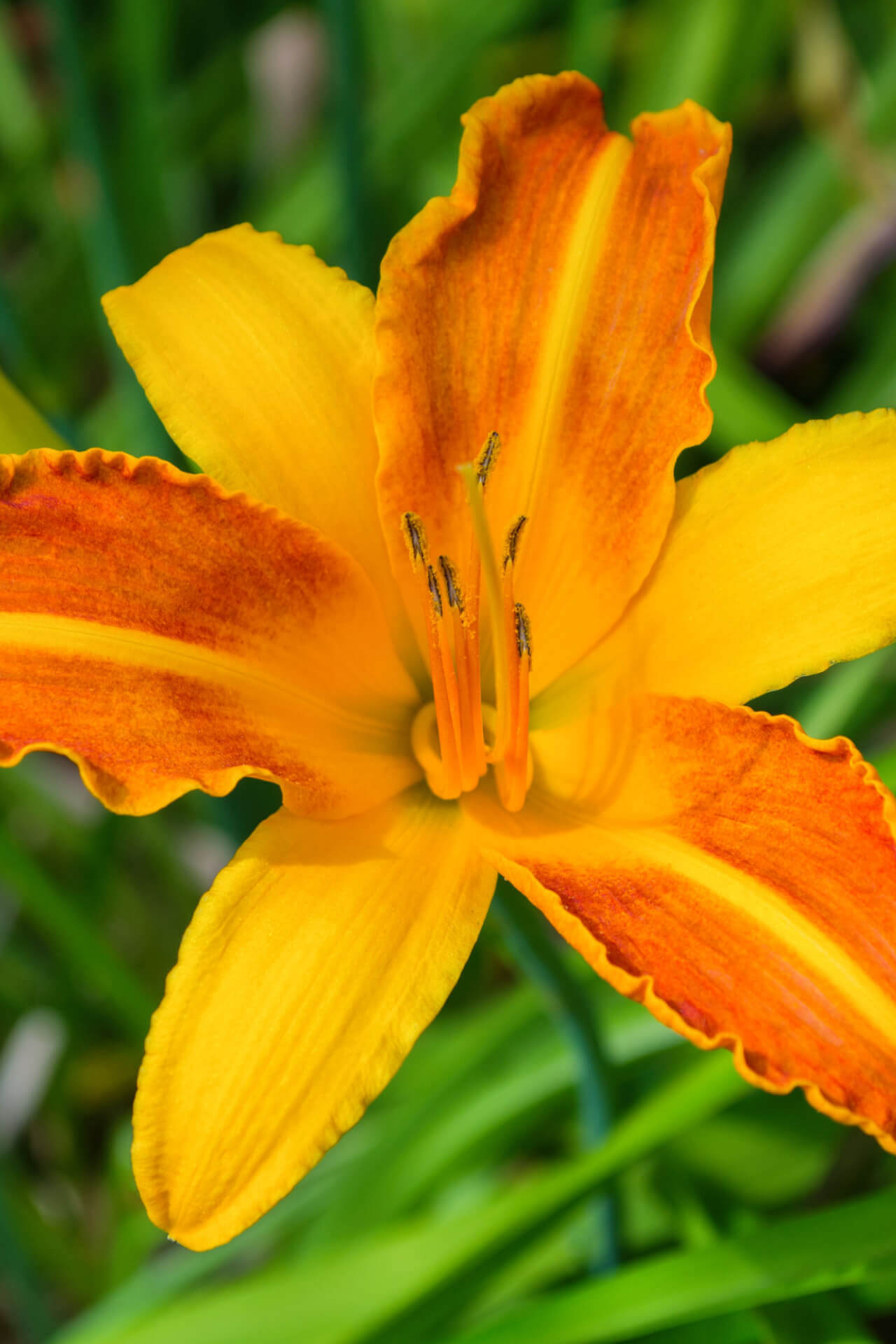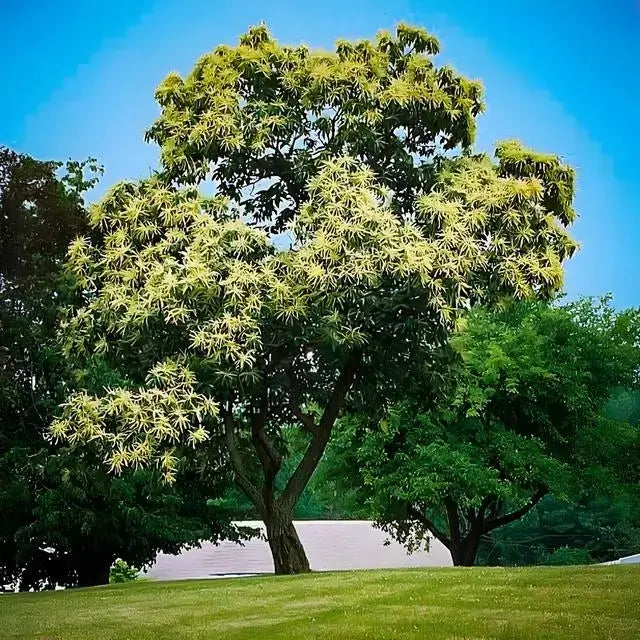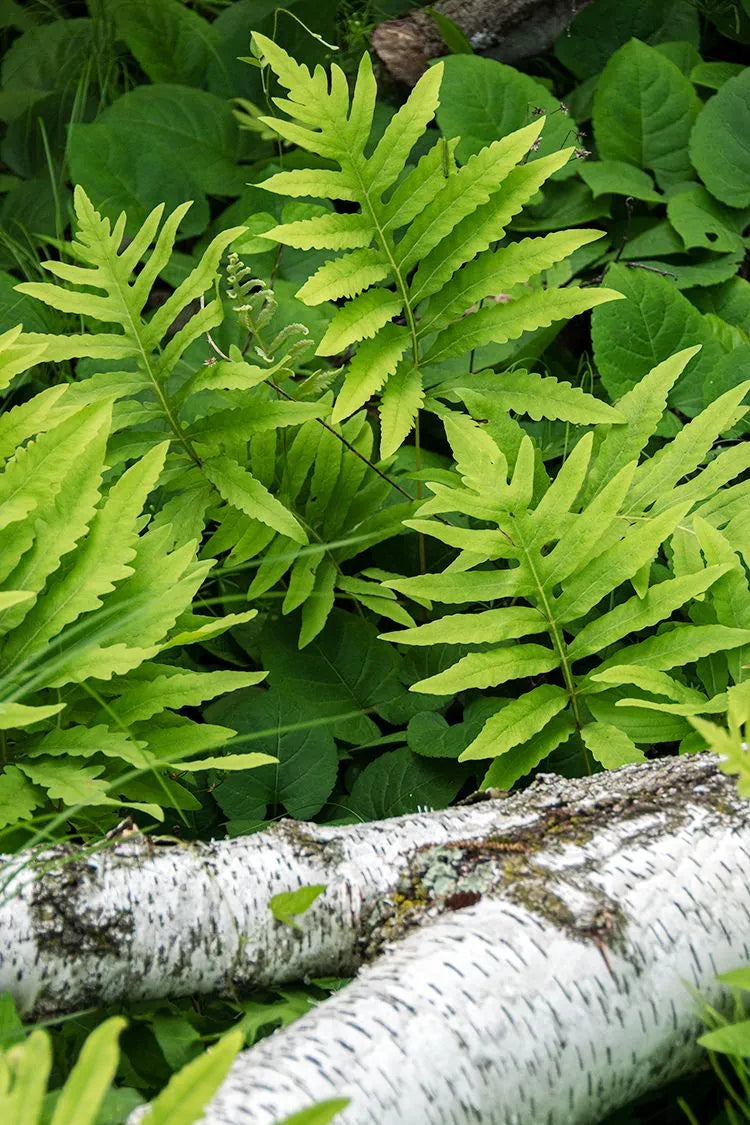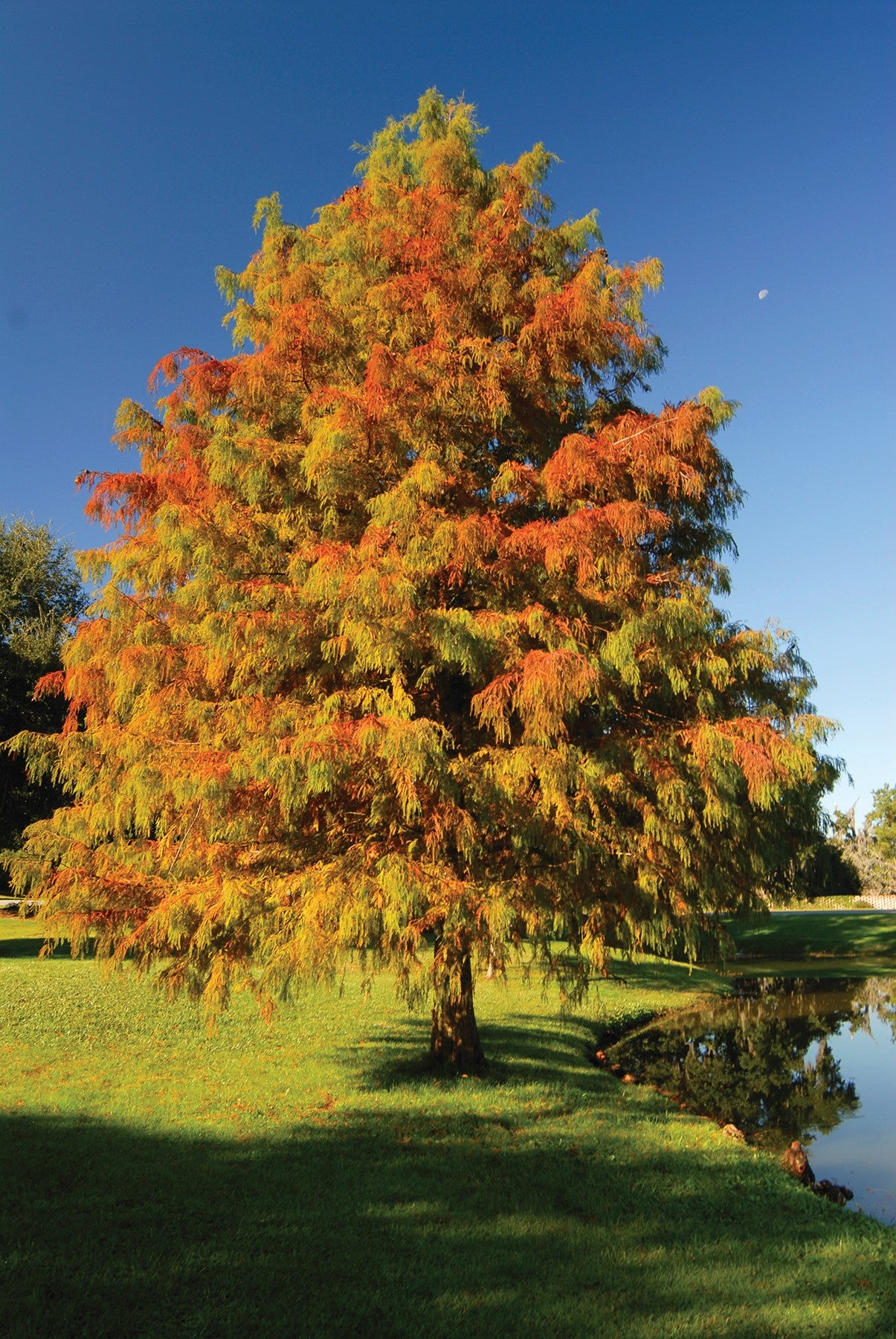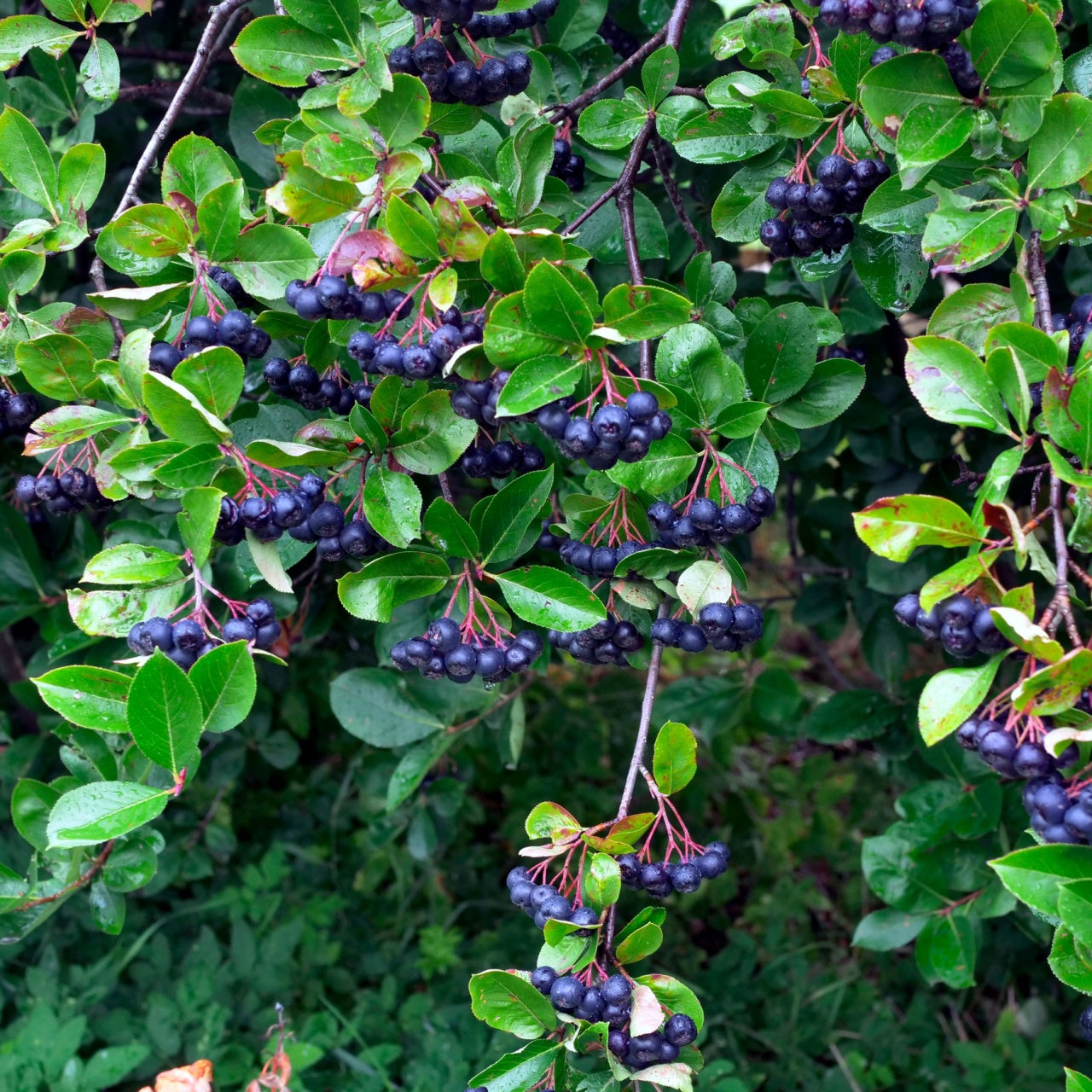Filters
Sort Best selling
-
Great Blue Lobelia -
Grape Vine -
Yellow Trillium -
Echinacea Plant -
Mayapple -
Chicory Plant -
Golden Rod -
Lawn Moss -
European Ginger -
Fan Clubmoss -
New York Fern -
Northern Privet -
25 Big Ferns Grab Bag - Perfectly For Your Zone -
Cattail Plant -
Vinca Minor -
Red Osier Dogwood -
Periwinkle Plant -
Dwarf Crested Iris -
Anemone Plant -
Orange Daylily -
PQK Chestnut Trees -
Sensitive Fern -
Bald Cypress Tree -
Black Chokeberry
Shop Zone 4 at TN Nursery to find everything you need to plant, nurture, and enjoy your outdoor and indoor living spaces to the utmost. We give gardeners in this area easy access to cold-resistant plants that can withstand freezing winter weather and thrive. Our gardening specialists cultivate the most vigorous plants to help you create the ideal area-optimized garden.
Zone 4 Gets Insanely Cold
This area is one of the colder U.S.D.A. hardiness areas. It encompasses parts of many of the Northernmost U.S. states and portions of some Northwestern states.
Winter temperatures in this area can get downright frigid, but it's still far from the coldest U.S.D.A. zone (that title goes to Area 1). The winter lows are around -30 to -20 degrees Fahrenheit.;
The first frost in the area usually happens in late September or early October, with the last frost around late April to early May. This makes for a relatively brief growing season compared to most other areas in the U.S. But short growing seasons don't mean you're short on options at TN Nursery. We stock the best selection for your area and are ready to ship your plants to your location right away.
Our Recommendations For Zone 4
When you live in a colder area, you need to work with what nature gives you and maybe get a little creative. Not to worry: We carry plants, shrubs, bulbs, mosses, and trees that we choose specifically for their strength in this area.
We recommend ultra-hardy outdoor plants, shrubs, and trees that can flourish in the warm months and hibernate successfully until next year. Some popular picks for perennials in the area include vibrantly blue Virginia bluebells, bright pink Creeping Phlox, and heart-shaped Hosta. We also offer perennial assortment packages, like our mix of 15 flowering perennials (chosen for your area). Packages can give you a profusion of colorful flowers, which return year after year.
Do you wish your area had a more extended growing season? Plant and shrub blankets may help your precious plants live longer.
Or, consider building a greenhouse or exploring the world of indoor plant cultivation. It's a great chance to grow many of the same beautiful plants you enjoy outdoors, but you can control the climate yourself.
Shop Zone 4 At TN Nursery
As a third-generation family-owned business, plants are our roots at TN Nursery. We're passionate about cultivating the highest quality plants for your zone so they can thrive under your care.
